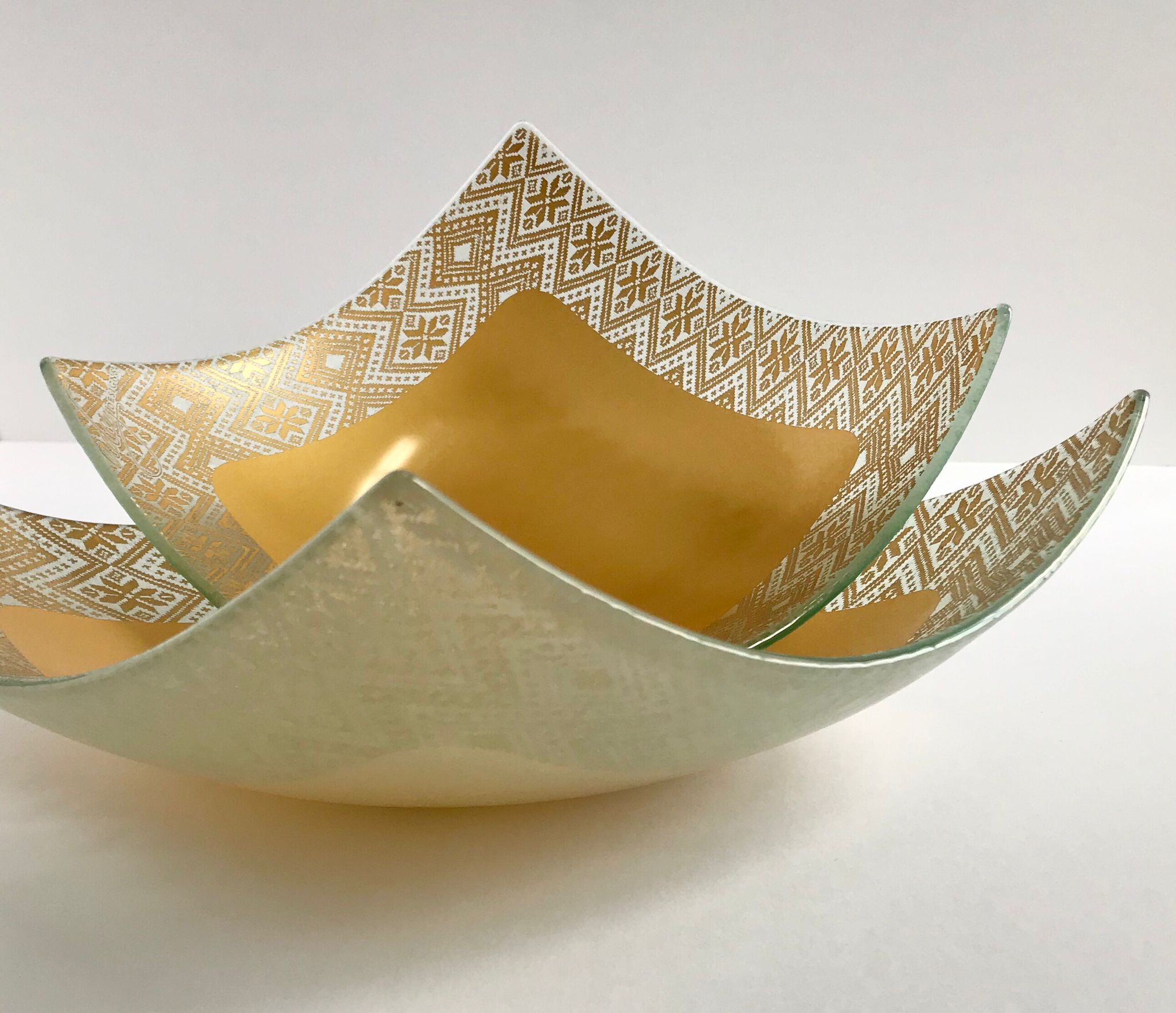Original Story and Photography Published by: Degan Omar for Hiiraan Online
(Above) A tourist boat on Lido Beach, Mogadishu.
Public spaces have played a key role in urban development over the centuries and have always represented the essence of every city. The ancient Romans, Greeks, and Egyptians knew it well, and their cities made it the symbol of their empires. In ancient Rome, for example, wealthy patricians and young people from the humblest classes mingled in public spaces - such as the famous Roman baths - which offered everyone, without distinction of sex, race or economic status, places of entertainment and relaxation free of charge.
Even today, the main role of the public space is precisely this: reduce the barriers created by deep socio-economic inequalities and to offer community services even to the most disadvantaged social groups.
A well-designed public space increases the sense of belonging and equality of citizens, fostering social cohesion and mixité and thus contributing to combating city segregation. Today we often hear about "fragile cities", that is an urban environment in which the strong urbanisation, often unregulated, increases its vulnerability to risk factors such as poverty, marginalisation, crime, and violence. This phenomenon, although global, is more likely to occur in cities located in politically unstable countries or affected by wars and civil conflicts in which the social contract between authorities and citizens is compromised and fueled by the lack of basic services. About a third of all cities with a high level of fragility is in similarly fragile states. Many of the realities that have experienced situations of conflict and who have experienced ethnic, religious and cultural violence, have to deal with delicate and complex processes of peace and reconciliation. In these contexts, considering physical spaces as means of cohesion and reconciliation is fundamental because it is there that people live their life every day, meeting and interacting with each other, and there is where the divisions and contrasts that led to the conflict can be solved. Public spaces can play a key role in breaking down barriers and social differences.
.jpg?resize=660%2C371&ssl=1)
Mogadishu, the capital of Somalia, continues to hold headlines due to its turbulent past and repeated terrorist attacks. Thinking about Mogadishu and its public spaces thus evokes disturbing images: a destroyed city, bent by years of violence and completely deprive (or almost) of the gardens, the beautiful tree-lined avenues and the squares that gave to the city the title of "White pearl of the Indian Ocean" before the outbreak of the civil war.
To read the full article, visit Hiiraan Online.









